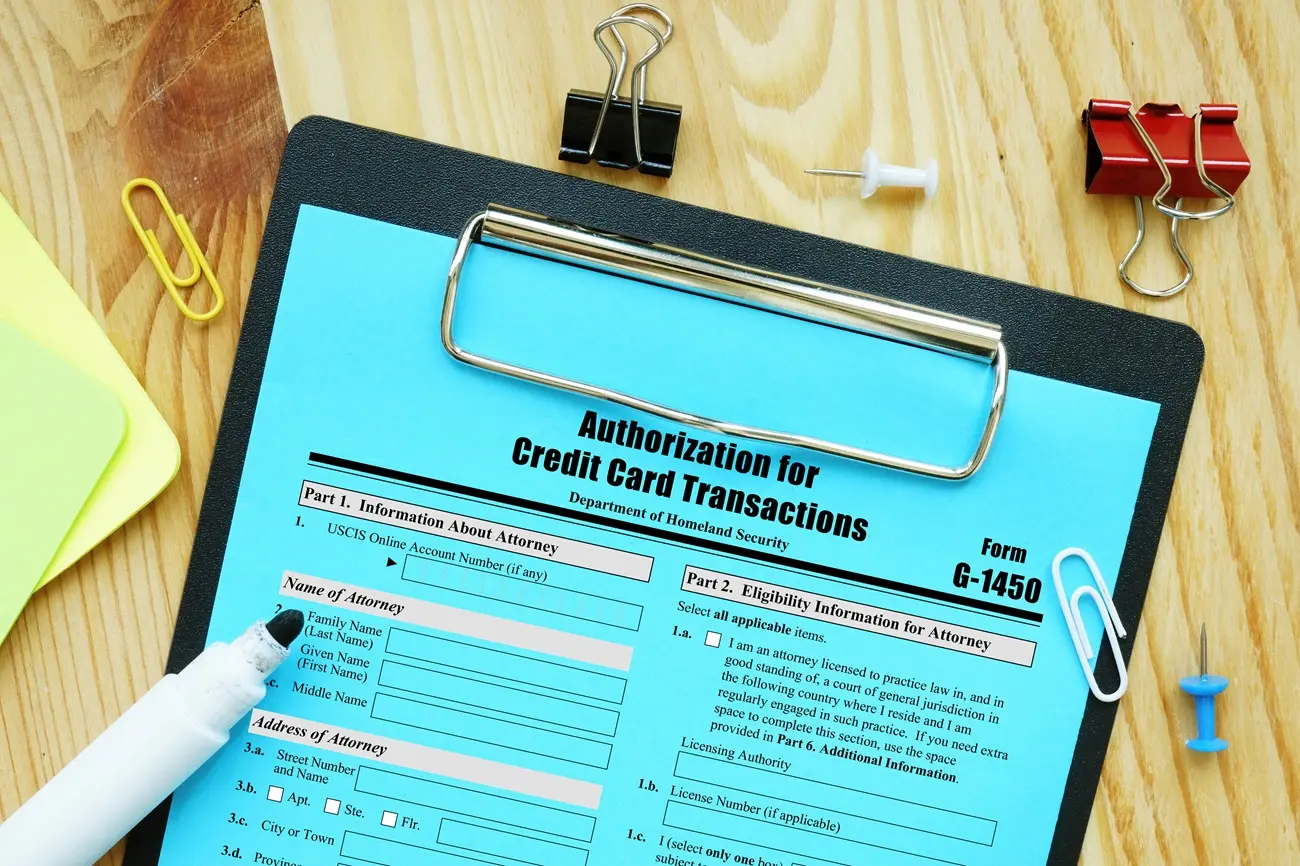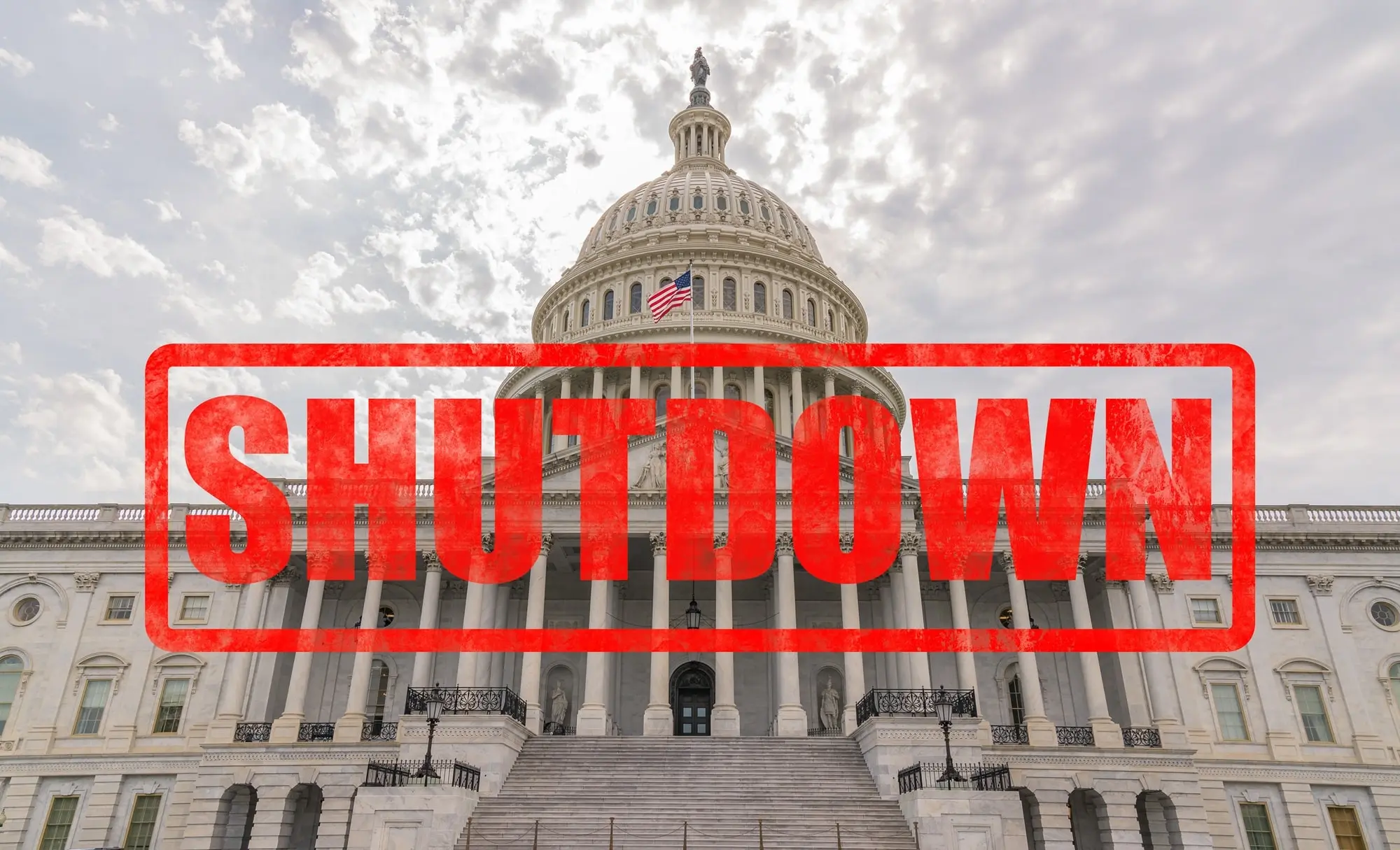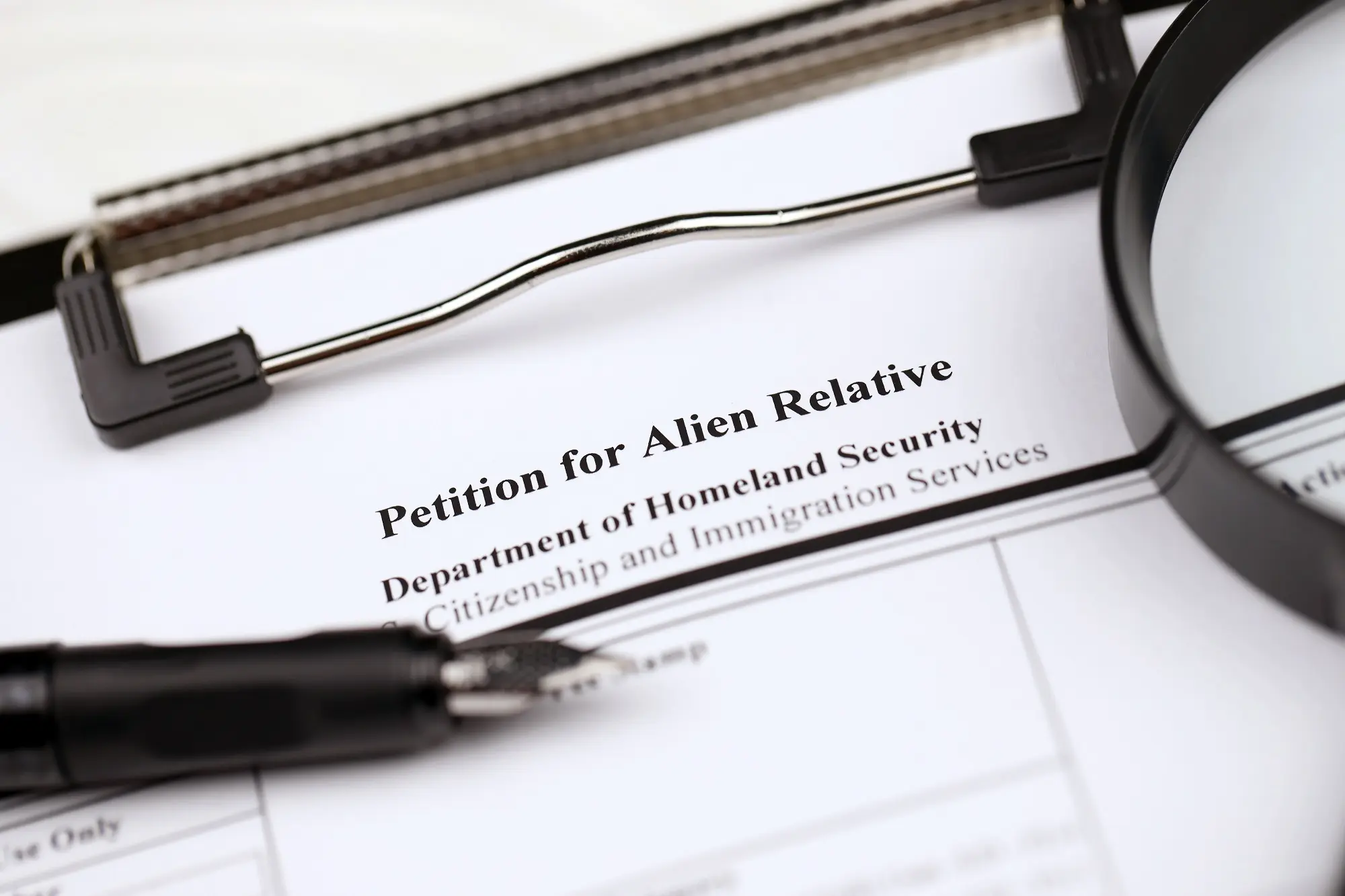In the final weeks of October, several key immigration updates reshaped how families and applicants file, pay, and maintain work authorization.
USCIS Goes Fully Digital for Immigration Fee Payments

On October 28, 2025, USCIS officially completed its transition to electronic-only fee payments. Applicants filing by mail must now pay either by ACH debit (Form G-1650) or credit card (Form G-1450); paper checks and money orders are no longer accepted.
The change came alongside the release of new 10/28/25 form editions, including I-130, I-129F, I-485, I-751, I-601, and I-360. Petitions using outdated editions will be rejected after the grace period expires.
The agency said the shift will modernize payment processing and reduce errors, but applicants should double-check they are using the newest form versions before submitting.
USCIS Updates Affidavit of Support Guidance
On October 30, 2025, USCIS refreshed its Form I-864, Affidavit of Support instructions and related filing-tips page. The update reorganizes examples of acceptable income proof, clarifies household-member contribution documentation, and expands explanations of the joint sponsor and substitute sponsor roles.
USCIS also reiterated that sponsors must submit the most recent year’s IRS transcript or equivalent financial evidence. These clarifications aim to reduce Requests for Evidence tied to incomplete financial documentation in family-based adjustment cases.
DHS Ends Automatic Employment Authorization Extensions for Most Applicants

Effective October 30, 2025, the Department of Homeland Security ended the 540-day automatic extension for most Employment Authorization Document (EAD) renewal applicants. The temporary rule, introduced in 2022 to address processing delays, will no longer apply to renewals filed on or after this date.
Only certain categories — such as asylum seekers and adjustment applicants with pending renewals filed before the cutoff — remain eligible for limited automatic extensions. USCIS updated its I-9 compliance guidance accordingly. Applicants should plan renewal filings early to prevent employment gaps.
According to Forbes, the end of the 540-day automatic EAD extension could leave some workers temporarily unable to stay on payroll, warning that employers may face new disruptions as USCIS returns to standard renewal timelines.












